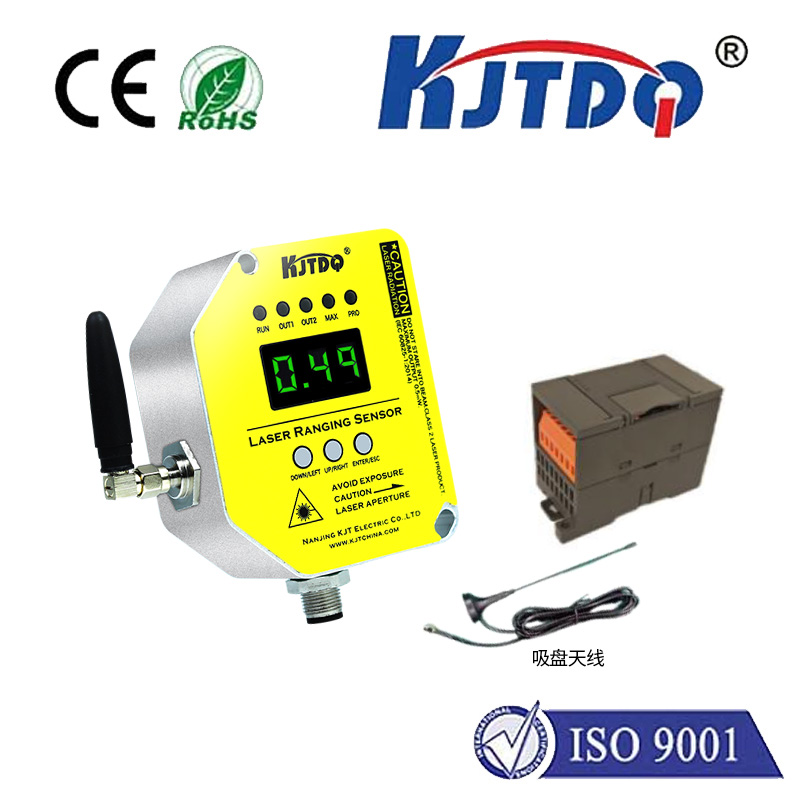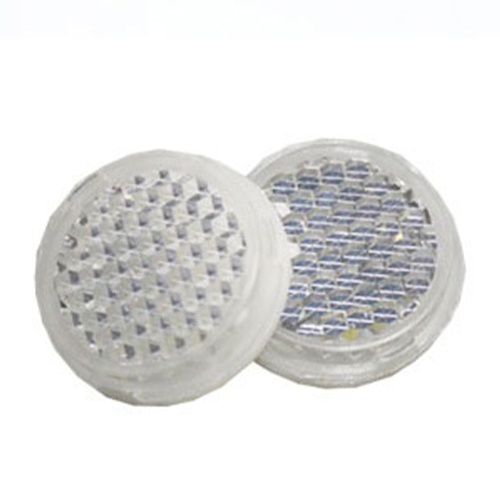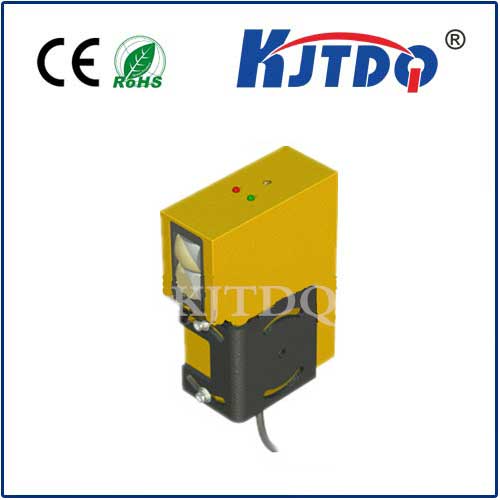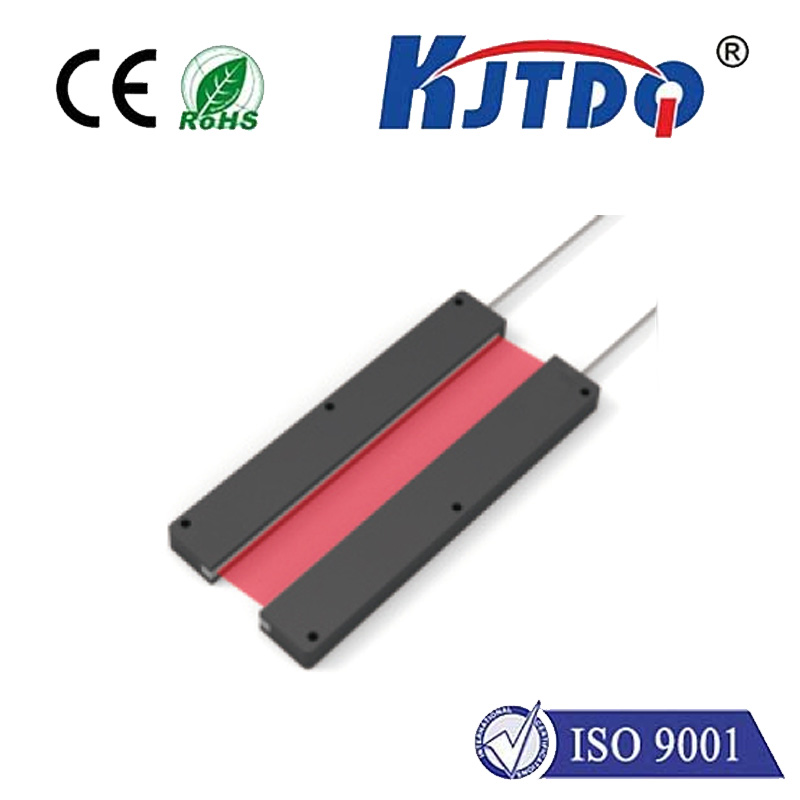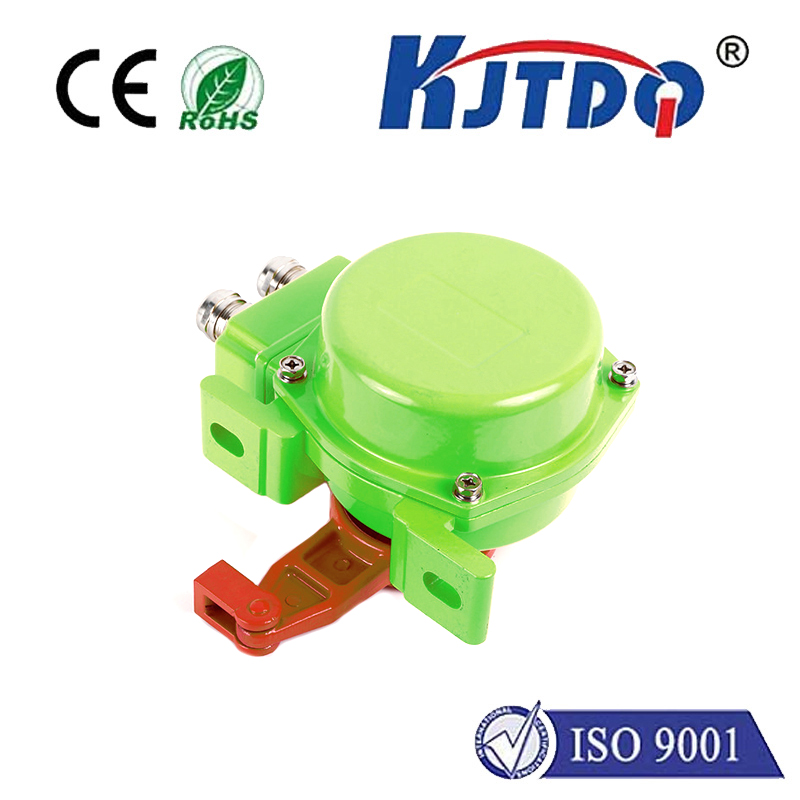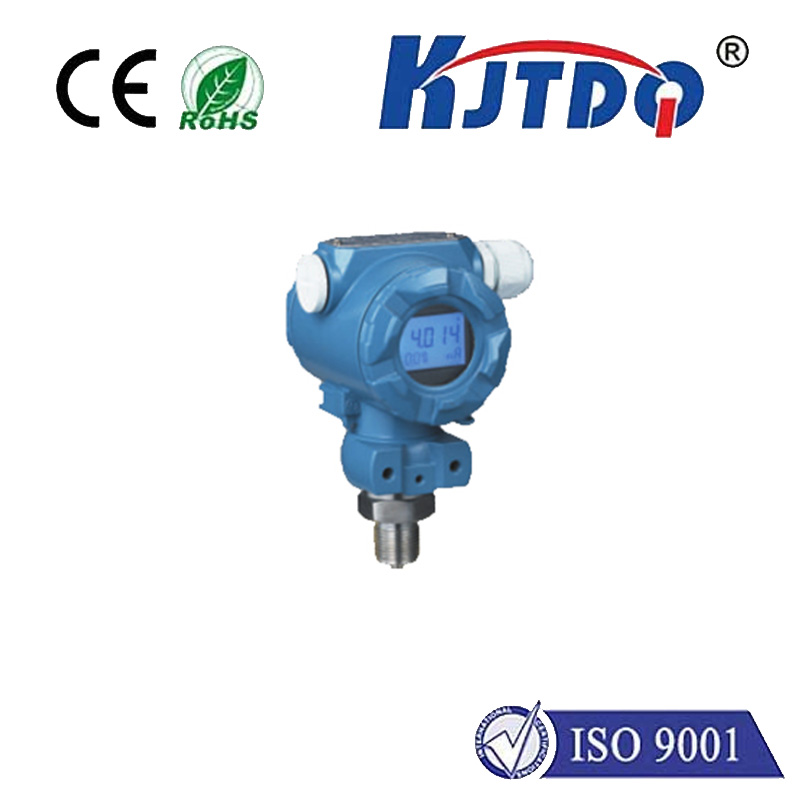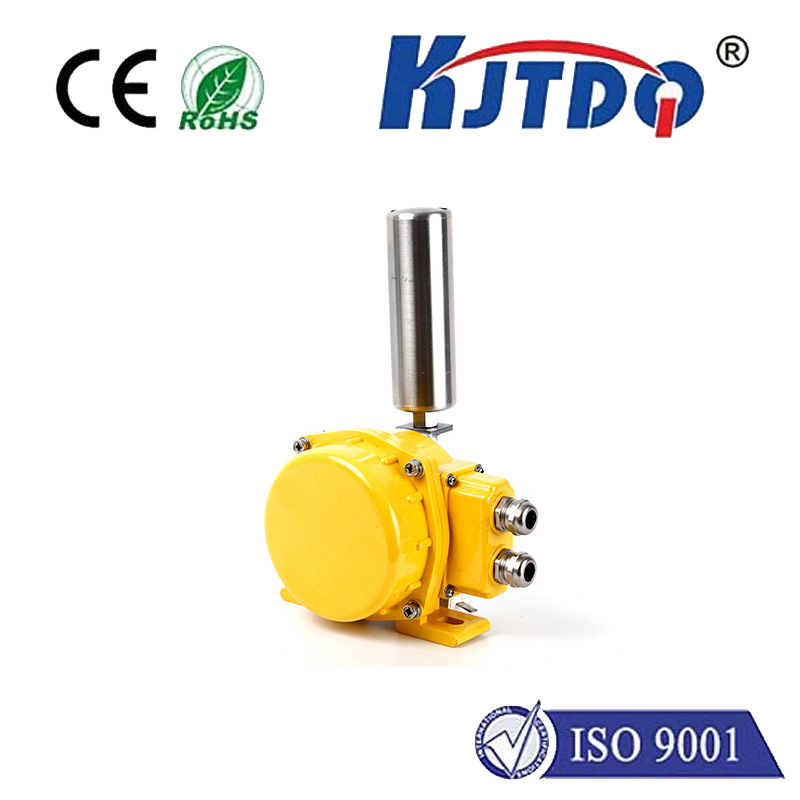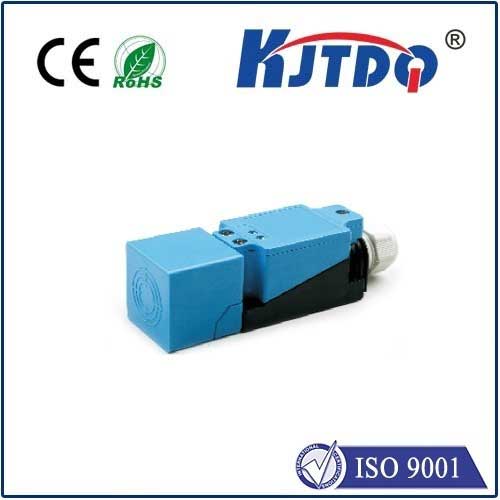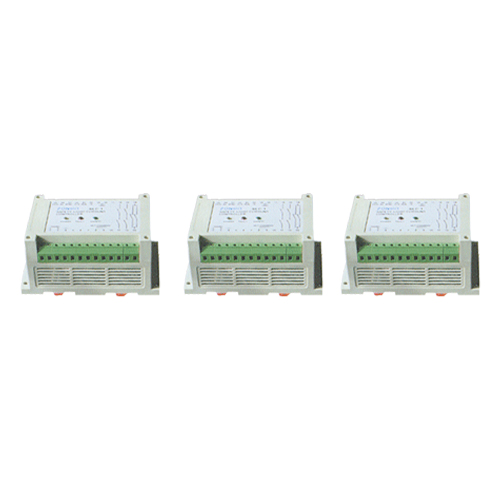light curtain 1240mm
- time:2025-09-12 02:17:37
- Нажмите:0
The 1240mm Light Curtain: Your Key to Optimized Machine Safety Guarding
In the relentless pursuit of industrial efficiency and worker safety, precision matters. Imagine a protective barrier you cannot see, yet stops hazardous machinery in milliseconds when an intrusion is detected. That’s the power of a safety light curtain. But within this vital category, size is not arbitrary. The 1240mm light curtain stands out as a critically important dimension, offering a tailored solution for countless applications where protecting operators without hindering productivity is paramount. Understanding why this specific height is so prevalent unlocks smarter, more effective safety implementations.
Why Height is Critical in Safety Light Curtains
Safety light curtains (also known as opto-electronic protective devices - OPEED) create an invisible vertical plane of infrared light beams. When any beam is broken within the monitored area, the system sends an immediate stop signal to the machine. The height of this curtain directly determines what parts of the human body or objects it can reliably detect and what risks it can mitigate.
- Protection Level: Height dictates whether the curtain prevents access to a hazardous area (Type 4 safety rating) or merely detects the presence of a body part within the zone (leading to machine stop, potentially Type 2 or 4). A 1240mm curtain is typically chosen for access prevention.
- Target Hazard: Lower curtains might focus on hand protection or point-of-operation guarding. Taller curtains are essential for scenarios requiring full-body access prevention, stopping an operator from reaching over or through into a danger zone.
- Detection Capability: The height, combined with resolution (distance between beams), defines the smallest object the curtain can detect (like fingers, hands, or arms).
The Significance of the 1240mm Dimension

So, why does 1240mm repeatedly emerge as a standard? This height represents a calculated balance between robust safety coverage and practical application:
- Effective Full-Body Protection: Standing at approximately 49 inches, a 1240mm light curtain is strategically positioned to detect an operator’s hand or arm reaching over a typical work surface or guarding lip. It effectively acts as a barrier preventing access to hazardous machine motions located behind it. It significantly mitigates the risk of operators attempting to bypass lower guards.
- Optimized for Common Machinery: This height aligns exceptionally well with the hazardous zones found on numerous industrial machines:
- Packaging Machinery: Guarding fillers, cappers, labelers, and case packers where operators might need access for clearing jams but require protection from moving parts.
- CNC Machining Centers / Robotic Cells: Creating safe perimeters around automated equipment while allowing visibility.
- Press Brakes & Metal Forming: Essential for safeguarding the point-of-operation during setup or troubleshooting.
- Assembly Lines & Conveyor Junctions: Protecting pinch points and moving conveyor sections.
- Plastics Injection Molding: Guarding mold areas during non-automatic cycles.
- Compliance with Safety Standards: Implementing a light curtain correctly is governed by standards like ISO 13855 and ANSI B11.19. These dictate the minimum required safety distance (
С) based on the height of the detection zone (in this case, 1240mm) and the machine’s stopping time. Calculating С ensures that the machine stops before the operator’s hand or body can reach the hazard. A 1240mm height is a key input into this vital calculation formula.
- Space Efficiency and Ergonomics: Compared to taller curtains or physical fences, 1240mm offers substantial protection without creating an overwhelmingly large barrier. This preserves valuable floor space, maintains operator visibility into the process, and allows for easier material handling over potentially lower sections of the guarded area. Operators often perceive them as less intrusive while still delivering high-level safety.
Key Considerations When Selecting a 1240mm Light Curtain
Choosing the right 1240mm curtain involves more than just height:
- Resolution (Beam Spacing): This determines the smallest object detected. Common resolutions are 14mm (finger/hand detection), 30mm (hand/arm detection), and higher. Select based on the required protection level (e.g., EN ISO 13855 stipulates resolutions for limb/body protection). Higher resolution (smaller number) = finer detection.
- Safety Rating: Ensure the light curtain meets the necessary safety integrity level (SIL) or Performance Level (PL) for your application. Most risk assessments will require a minimum of Type 4 according to IEC 61496-1⁄2 for access prevention guarding.
- Protective Height & Range: Verify the 1240mm height covers your hazard zone vertically. Also confirm the maximum operating range (distance between sender and receiver) suits your guarding width.
- Environmental Factors: Consider resistance to dust, moisture, vibration, and potential optical interference (ambient light, welding flashes). Look for appropriate IP ratings (e.g., IP65, IP67).
- Muting & Blanking: Does your application require temporary deactivation (muting) for non-hazardous material passage or suppression of specific beams (blanking) for fixed obstructions? Ensure the chosen curtain supports these functions safely if needed.
Integration and Best Practices
Installing a 1240mm light curtain demands careful planning:
- Accurate Risk Assessment: Formally identify the hazards, risks, and required safety level.
- Precise Safety Distance Calculation: Use the formula
S = (K x T) + C (where К is approach speed, T is machine stopping time, and С is a constant based on detection capability/height). Never mount the curtain without calculating С. The height of the first beam above the reference plane (e.g., floor, platform) is critical.
- Secure Mounting & Alignment: Install the sender and receiver rigidly to prevent misalignment. Use appropriate brackets.
- Redundancy & Monitoring: Connect the curtain’s safety outputs to a safety relay or PLC with appropriate monitoring to ensure faults are detected.
- Regular Testing & Maintenance: Implement a schedule for functional checks to ensure beams are operational and aligned.
Conclusion: A Dimension Engineered for Safety
The 1240mm safety light curtain is far more than just a number. It represents a height carefully calibrated through standards and real-world application to provide robust, reliable, and efficient access prevention for a vast array of industrial machinery. Its popularity stems directly from its effectiveness in stopping hazardous motion before an operator can reach the danger zone, striking the crucial balance between uncompromising worker safety and operational practicality. When guarding machines where operators need protected access points, the 1240mm light curtain consistently proves itself as an indispensable and highly optimized safety solution. Understanding its specific role and implementing it correctly is fundamental to building a safer, more productive work environment.







